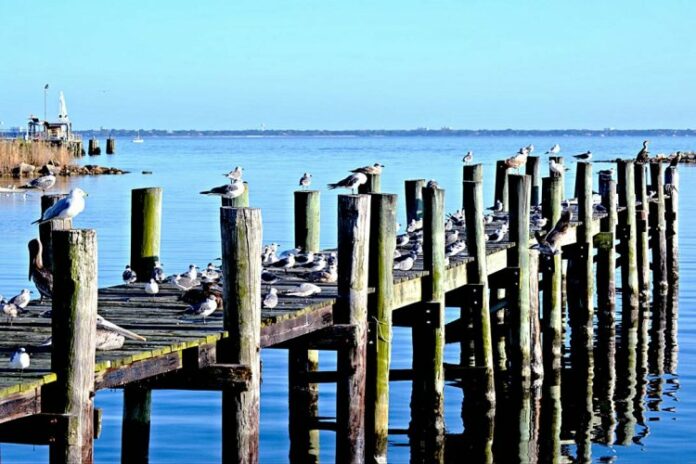Published in Nature Climate Change, the research predicts that because of rising temperatures, extreme sea levels along coastlines across the world will become 100 times more frequent by the end of the century in about half of the 7,283 locations studied.
Co-author of the study, University of Melbourne’s Dr Ebru Kirezci, an ocean engineering researcher said areas where frequency of extreme sea levels are expected to increase faster include the Southern Hemisphere and subtropic areas, the Mediterranean Sea and the Arabian Peninsula, the southern half of North America’s Pacific Coast, and areas including Hawaii, the Caribbean, the Philippines and Indonesia.
Dr Kirezci said:
“What we can also infer from this study, is that most of the eastern, southern and southwestern coastlines of Australia will be the impacted with almost an annual frequency of these extreme sea levels by 2100.”
“This increased frequency of extreme sea levels will occur even with a global temperature increase of 1.5 degrees Celsius. And the changes are likely to come sooner than the end of the century, with many locations experiencing a 100-fold increase in extreme events even by 2070.”
Lead author of the study, climate scientist at the US Department of Energy’s Pacific Northwest National Laboratory, Dr Claudia Tebaldi said it was no surprise that sea level rise will be dramatic even at 1.5 degrees and will have substantial effects on extreme sea level frequencies and magnitude.

Dr Tebaldi said:
“This study gives a more complete picture around the globe. We were able to look at a wider range of warming levels in very fine spatial detail.”
The researchers called for more detailed studies to understand how the changes will impact communities within different countries. They added that the physical changes that the study describes will have varying impacts at local scales, depending on several factors, including how vulnerable the site is to rising waters and how prepared a community is for change.
Dr Kirezci said:
“Public policy makers should take note of these studies and work towards improving coastal protection and mitigation measures. Building dykes and sea walls, retreating from shorelines, and deploying early warning systems are some of the steps which can be taken to adapt to this change.”



